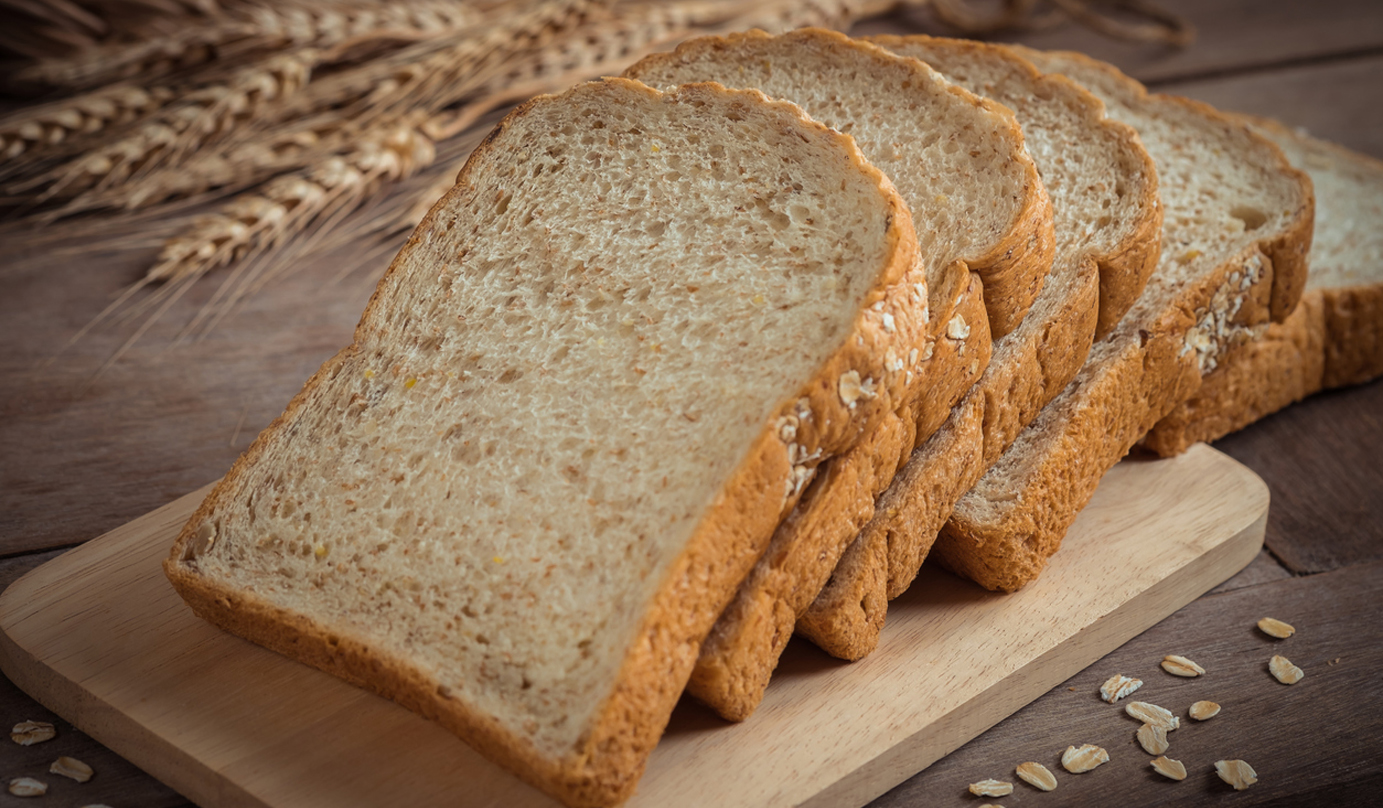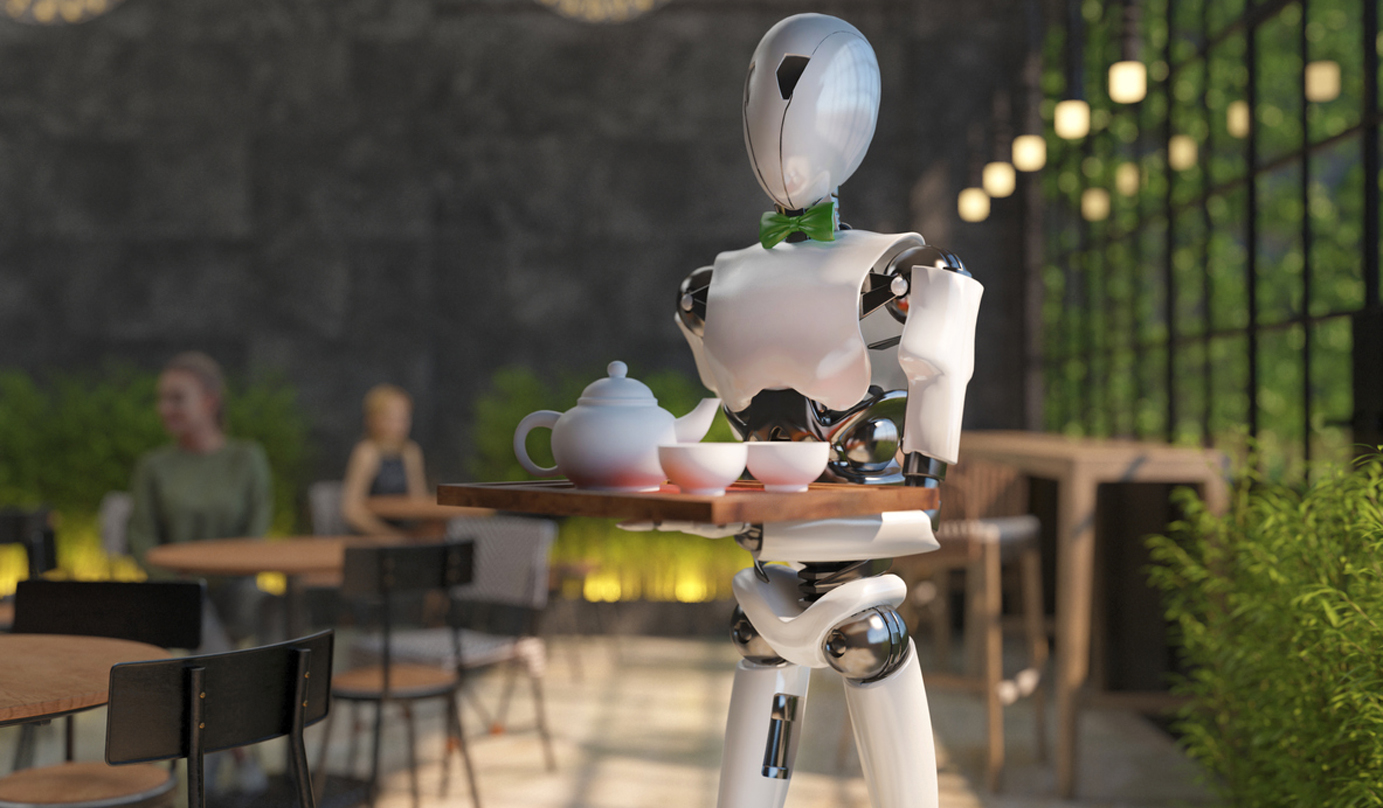
There are many new inventions every year. We may not know about them, as some aren't useful enough for our daily lives. But there are also groundbreaking inventions that change the way we do things.

Money can seem like it has been with us since the dawn of humankind. However, the first coins were only made around 2500 years ago. Paper currency came later—about 1000 years ago. It was a very important change, because the coins themselves used to be of value. They were made out of precious metals.

But paper currency doesn't contain value itself. It is not made out of gold or silver. The paper currency began a new era. People began to buy items and services with a currency that wasn't made out of valuable materials. This was the very first step to a new system that would ultimately lead to credit cards and electronic banking.

It's simple enough to grab a slice of bread for a sandwich. But bread didn't always come sliced. Sliced bread is the ultimate invention that started the saying, "best invention since sliced bread." In 1928, Otto Rohwedder cut the first loaf of bread with a bread slicing machine. Many people loved the convenience of the invention. They also loved that each slice of bread was the same thickness and size.

What do you grab when you need to jot down a quick note? For many people, a Post-it comes to mind. Post-its are pieces of paper that can stick to different surfaces. They were originally yellow and squared, and this combination has become iconic. It might seem like a simple invention, but the sticky side had to be strong enough. It also had to be easily removable without leaving a residue.

This all began when Dr. Spencer Silver, a scientist, wanted to make a very strong glue. Instead, he made a low-tack and reusable adhesive. In other words, this glue wasn't very sticky. In 1974 Arthur Fry used this glue to keep his bookmark in place. That was when Fry began to develop the sticky note idea. Other competitors tried to create the same thing, but they weren't allowed to call them Post-its. These companies made other names for this product, such as "repositionable notes".

You may not have heard of the transistor, but this invention plays a big part in our modern lives. It is often used as part of amplifiers and switches. Transistors are made out of semiconductor materials. It is an important piece in our electronic gadgets like computers.

Before bagless vacuums became the norm, vacuums used replaceable bags. Customers had to keep buying new vacuum bags. Back in the 1970s, James Dyson grew frustrated with his vacuum. The vacuum lost its suction as it became clogged with dust and dirt. This was typical of those kinds of vacuums, and over time they would become less useful. That was when Dyson had the idea to develop a vacuum that was bagless and wouldn't lose suction over time.

Unfortunately, it wasn't an easy process, and Dyson spent many years working on the vacuum. He came up with over 5000 prototypes. Finally, by the 1980s, Dyson began to sell his vacuums through a catalogue in Japan. Dyson is now a well-known brand with many types of products.

The next time you go to a restaurant, maybe you won't see human servers anymore. Food tech companies are developing their own autonomous robots. These robots can deliver food to the different tables. They can also take away dirty dishes. Some robots also have microphones and speakers to communicate with diners.

While we cannot imagine living in a world without these inventions, they really haven't been around for that long. When they first became available, these inventions revolutionized the world.